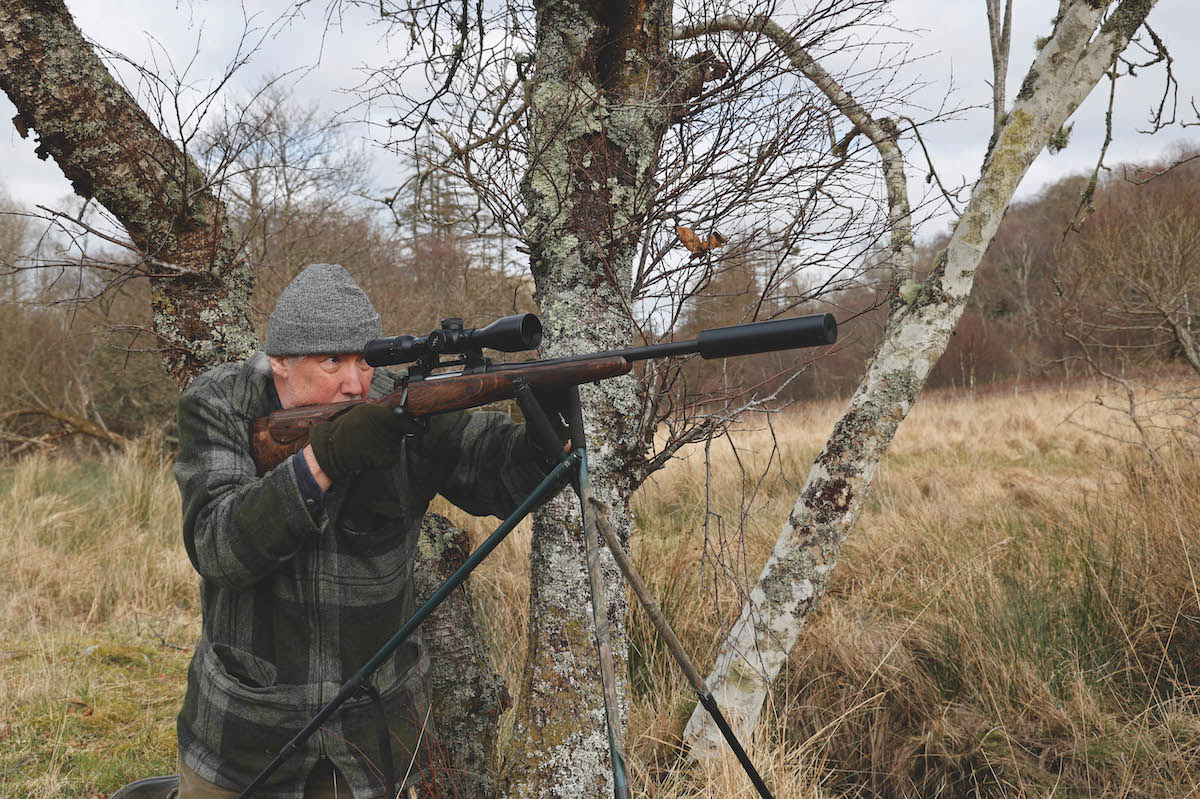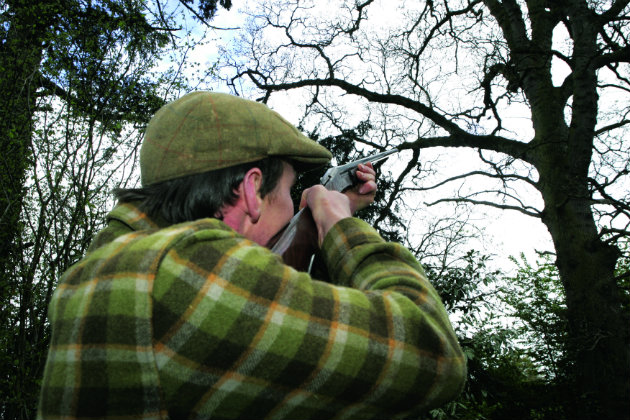How to use snares for fox control
Snares are vital for fox control during this vulnerable time for ground-nesting birds — but they must be well designed and thoughtfully set

Snares must be thoughtfully set
Spring has sprung, the grass is ris… and the crops are growing too, making glimpses of foxes fewer and further between. But the need for control is not going away; indeed, now is the time when ground-nesting birds such as pheasants, partridges, grouse, skylarks, curlew, lapwings and corn buntings are at their most vulnerable.
If you cannot see to shoot, what do you do? The obvious answer is to trap foxes in one way or another. This is fine, but the fox’s reputation for being sly and wary is not without foundation. They are among the most suspicious animals imaginable, so tempting them into a trap is very hard indeed.
At the Game & Wildlife Conservation Trust we have hours of video footage of foxes circling around even the simplest objects, such as a triangle made by laying down three fence posts with something interesting inside. They will come back to this sort of thing night after night but never pluck up the courage to step over.
To trap such a cautious beast you really do need to catch it unawares, and this is where a simple wire noose comes in. Unlike other traps, snares for fox control do not rely on attracting the fox in some way; they simply intercept an animal going about its normal business, closing around its neck before it realises. This means, in turn, that foxes do not become snare-shy in the way that they are trap-shy. If caught in a snare they are blissfully unaware of why and if a fox escapes it can still be caught in another. This was brought home to me 25 years ago when I caught a vixen with a radio collar.
The battery had gone flat and the radio had long since stopped transmitting, but I gave the collar back to my colleague Jonathan Reynolds. I knew already he had snared that fox to catch it in the first place, but what amazed me was that she had actually been caught five times previously and had been fitted with two different collars over two years. To my embarrassment, she had been at large, presumably on my patch, for two years since Jonathan’s work there ended.

Snares should be set in the open so there is no risk of entanglement
Bad reputation of snares for fox control
The big trouble with snares is that they have a bad reputation. The public perception is that when you set a snare anything can get caught and it then suffers a slow and painful death. Look up snares on the internet and you’ll surely find lots of pictures to “prove” this because, time and again, bad practice leads to grisly photo opportunities for our opponents.
From the GWCT point of view, we have long known that fox snares can be perfectly benign if well designed and thoughtfully set. They had to be if we could use them to catch foxes for radio tracking, because injuring the fox would clearly not help when we wanted to study normal behaviour.
Even the League Against Cruel Sports knows this, because it funded the first ever fox radio tracking study in the 1970s, which used snares for fox control.

Snares don’t rely on attracting the fox in some way; they intercept an animal going about its business
Entanglement
Most of the unpleasant pictures mentioned will show the victim of the snare tangled up in a fence, gate, hedge or thicket, where it has clearly died a slow and painful death due to strangulation. This can be avoided by only setting snares where there is nothing nearby to get tangled in. Rather than setting the snare in a tight little hole, you should choose a site on an open run with nothing significant by way of possible entanglement within 1.5m of the anchor point.
Setting in the open in this way has two other advantages. A fox squeezing slowly and carefully through a tight opening is much more likely to pick up a tiny whiff of human scent and back off, compared with one gently trotting along an open run.
Also, the fox carries its head at a very predictable height when trotting in the open, so you can set your wire at the right height, while being confident that any non-targets are likely either pass to underneath, or brush the snare out of the way as they pass above it.
Quality
The second half of avoiding the grisly is to use a snare made from the best possible components and not the cheap and extremely nasty sort that we often see for sale. Let’s examine these components in turn:
- The anchor needs to be flush with or below the soil, so that it cannot become an entanglement.
- The swivels must actually turn when they are under tension, so that the wire does not twist and kink, avoiding injury risk to whatever you catch. You need one at the base and one in the middle, so that if either jams the other works.
- If the eye closes quickly it is more likely to be around the neck and not around the body, where the injury risk is greater. The modern “relax-a-lock” eye on the DB snare from Perdix Wildlife Supplies does this beautifully.
- The snare needs to detach easily from the tealer that supports it, and the tealer itself needs to flatten out of the way to avoid entanglement. Copper wire costs a little bit more, but it is perfect for this.
- The noose needs a weak link at the eye so that bigger non-targets can break free without taking part of the snare with them.
- The noose needs a fixed stop to prevent it closing too tightly. This allows smaller non-targets to back out, and big things that step in to step out again. Detailed GWCT research shows that 26cm from where the wire passes through the eye is the optimum distance.
GWCT research supported by a host of practising gamekeepers shows that if you get all this right, you can meet the requirements of the Agreement on International Humane Trapping Standards for restraining traps.
Interestingly, despite the claims of cruelty using snares, there is no other trapping system available in the UK that meets the standard. With that thought, I rest my case for the vital importance of snares for fox control.

Codes of practice
In England there is an industry code of practice for using fox snares, with a ministerial foreword that was put together by our gamekeeping and farming organisations. In Wales, the government has published the same words as its code. In Scotland there is a very similar legally binding code. In all cases, they have been written based on real user experience, with a view to improving success rates while at the same time making fox snaring publicly acceptable. Anyone who fails to follow the code relevant to their country is letting the side down very badly.








